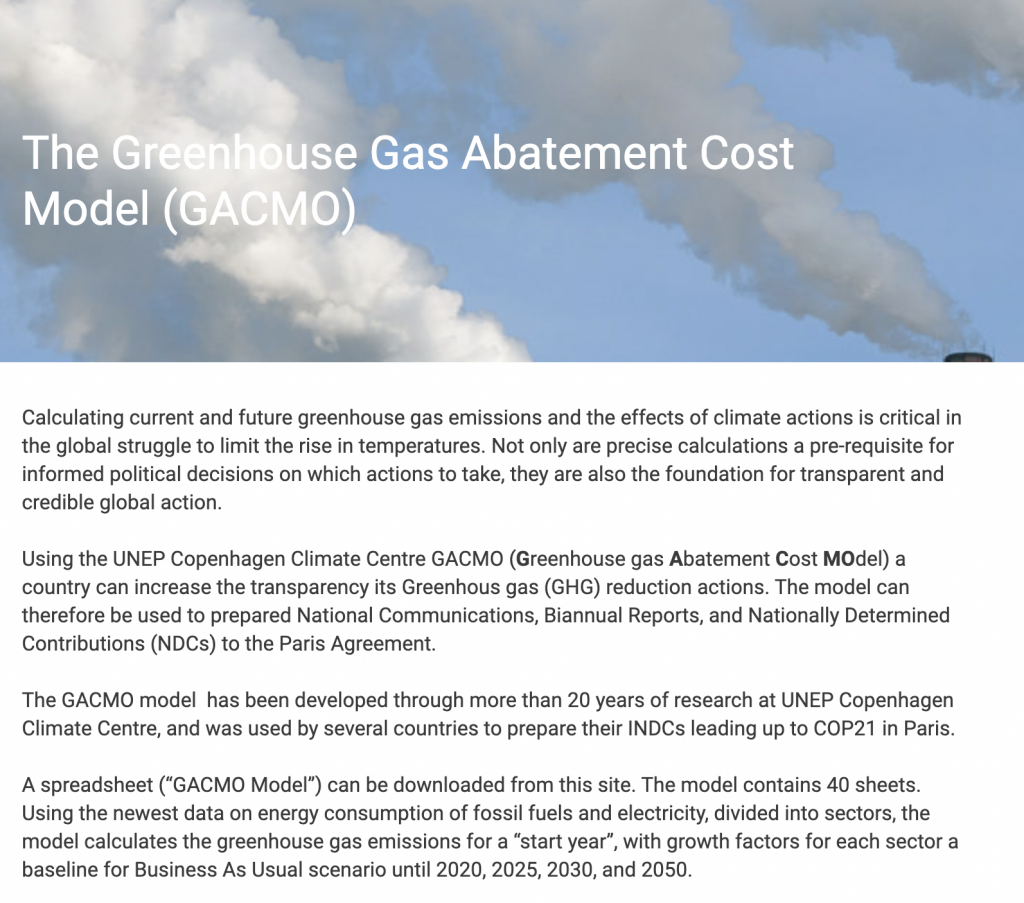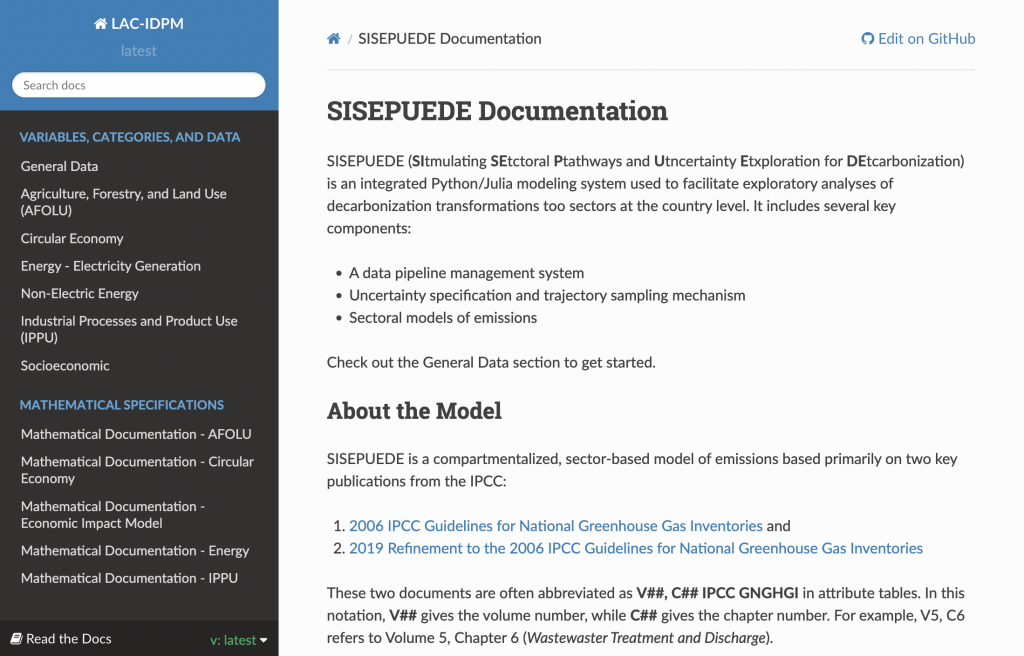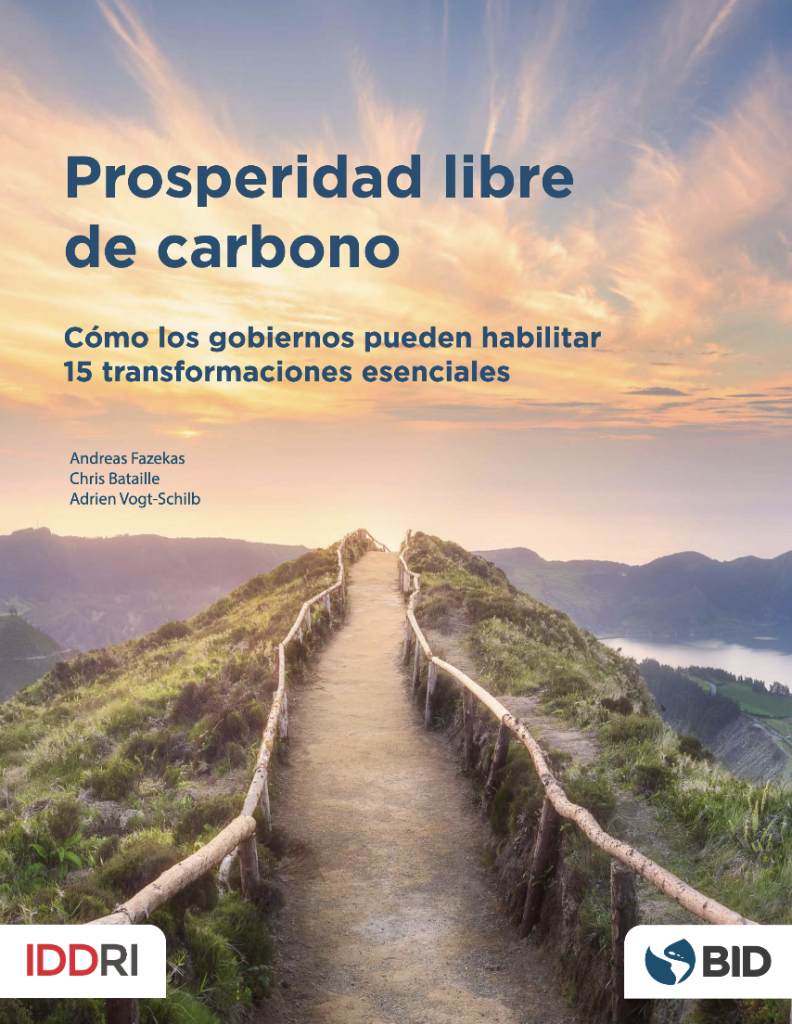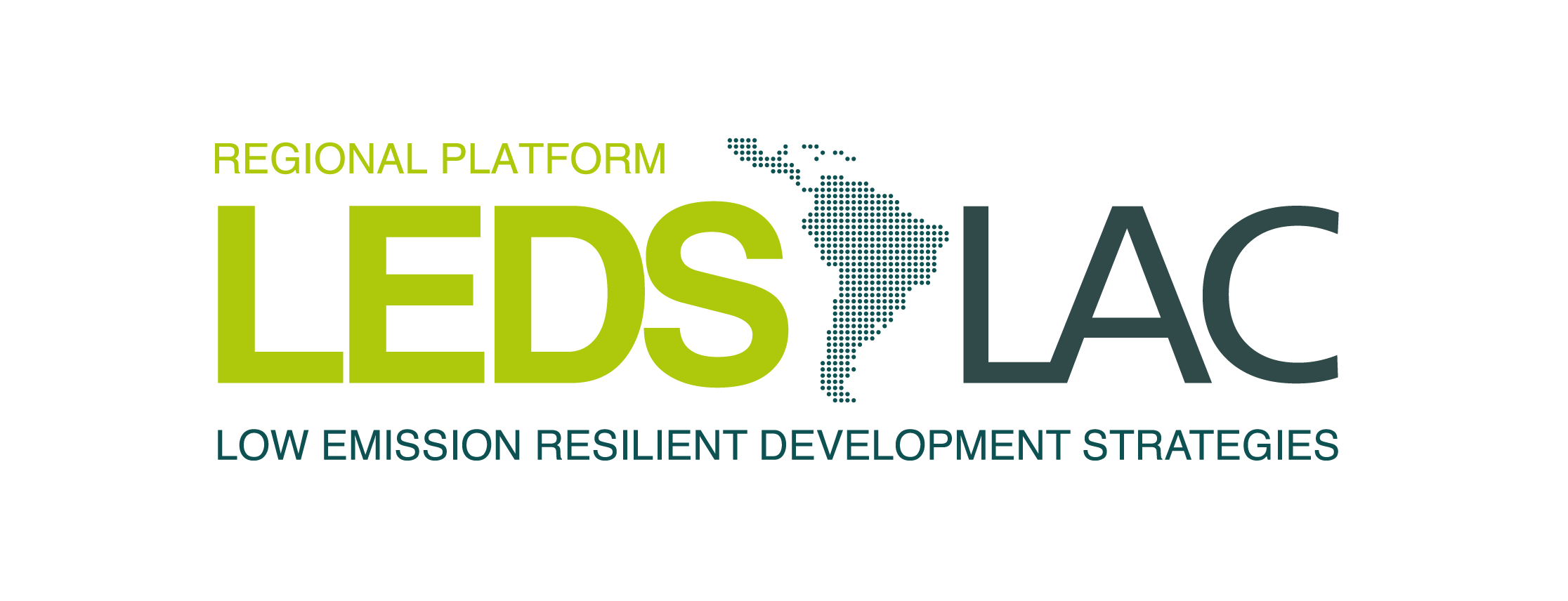One Planet City Challenge Assessment Framework

The OPCC combines science-based independent assessment and guidance on cities' climate action plans and targets with friendly competition between cities, while celebrating the most ambitious and innovative ideas, actions, people and policies. As part of the Challenge process, WWF reviews cities' climate action plans against best practice climate action planning criteria and assesses whether their targets are in line with the Paris Agreement to keep global warming within 1.5°C.
The Greenhouse Gas Abatement Cost Model (GACMO)

Using the UNEP Copenhagen Climate Centre's GACMO (Greenhouse Gas Reduction Cost Model), a country can increase the transparency of its GHG reduction actions. The GACMO spreadsheet model has been developed by the UNEP Copenhagen Climate Centre, and used by several countries to prepare their INDCs for COP21 in Paris. Based on this model, countries can calculate and track the GHG reduction and economic effects of about 100 climate mitigation actions. The model is also a useful tool for MRV.
Pathways Framework Toolkit

The Pathways Framework is a step-by-step toolkit for ambitious state and regional governments committed to decarbonizing their economies. The Framework is a 9-step process underpinned by political leadership and buy-in, and strong and transparent stakeholder engagement that has three key outcomes:
(1) define a vision, (2) identify priority actions with the greatest potential for economic transformation, and (3) implement the roadmap and monitor progress toward the objectives.
Fiscal policy and climate change: recent experiences of ministries of finance in Latin America and the Caribbean.

This publication presents a set of recent experiences of ministries of finance in the Latin American and Caribbean region in three areas of intervention where climate change issues and the fiscal policy responsibility of these ministries converge. The publication also provides elements for the design of fiscal policies to contribute to sustainable growth.
Sisepuede - Simulating Sectoral Pathways and Uncertainty Exploration for Decarbonization

This free, open source model allows the generation of numerical simulations of GHG emission reductions in all sectors, as well as the associated benefits and costs.
It comes pre-calibrated for Latin America and the Caribbean. It is still under development, and will be fully available in July 2023.
Carbon-free prosperity: how governments can enable 15 essential transformations

We identify 15 transformations to achieve zero emissions, list the associated economic benefits, the barriers to adoption (such as obstacles related to infrastructure, regulations, public and private finance, information and political economy issues), and provide more than 50 examples of interventions that national and subnational governments can use in each sector to remove these barriers and enable the transition (EN, ES, FR).
